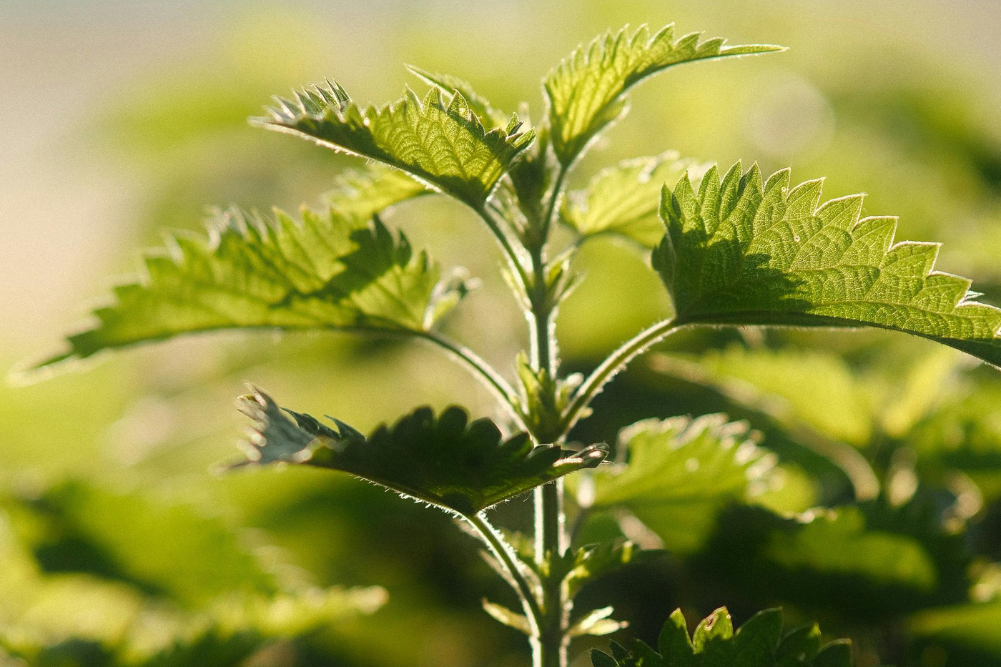Dolphins gather pollutants
Dolphins and whales enjoy a particular place in the human consciousness. Whatever the reasons for that, our fascination with dolphins and also whales is often what draws us into consideration of what is happening to our oceans. That is why a new study may have particular importance as it is showing that we are poisoning dolphins and Beluga whales that are foolish enough to come close to land.
It was around 50 million years ago that the ancestor’s of dolphins decided that life on land was a bit of a bust and so they went for an extended dip in the ocean. It was a dip that turned into an evolutionary decision and dolphins have never looked back. It certainly seems to have been a good decision given the pollution that is choking most of the Earth’s land mass these days. The problem of course is that the oceans are getting drawn into the problem and when dolphins venture into waters close to land the problems become even greater.
Bottlenose dolphins and Beluga whales are near the top of the marine food chain. This might sound like a privileged existence wherein one gets to spend a good portion of time not fleeing for one’s life but in reality it does come with a downside.
That downside is particularly obvious for dolphins and whales that exert their food chain dominance in waters close to urbanised coastline.
In two new studies the focus of attention was on the exposure of dolphins along the US East coast to persistent organic pollutants (POPs) and of Beluga whales at two Alaskan locations to perfluorinated compounds (PFCs).
POPs are synthetic and tend not to breakdown. They are thought to cause cancer and harm the immune and hormonal systems in humans and animals. Researchers examined blubber biopsy samples from Bottlenose dolphins gathered between 2000 and 2007.
PFCs have been used extensively in non-stick coatings in cookware, furniture fabrics, carpets and fire-fighting foams. They are very stable and so remain for a long time in the environment. They are believed to be toxic to the liver, reproductive organs and immune system. Livers from Beluga whales collected by Native Alaskans during subsistence hunts between 1989 and 2006 were analysed.
The results showed that dolphins that lived near urbanised centres had the highest levels of POPs. Similarly those Beluga whales living near urban settlements had much higher PFC levels than samples taken from other Belugas living near the Cook Islands.
The health effects and impacts of this accumulation of pollutants remains to be established but it is still further evidence of the mess we are making of our nest.
Meanwhile if you visit Meijer Ad that contains mostly likewise discounts with Winn Dixie Ad you surely have a range like ALDI Ad.







